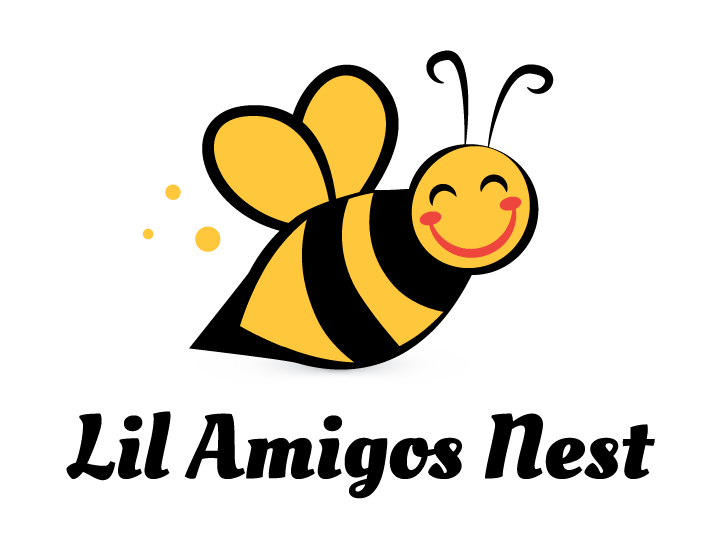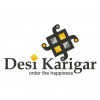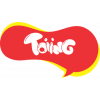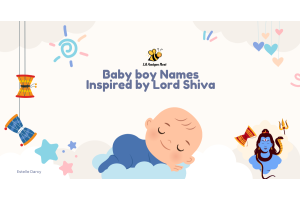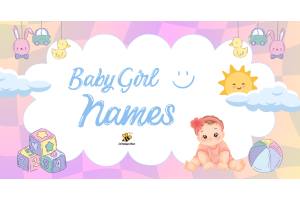What you need to know about Republic Day India

Republic Day is one of the most important national holidays in India, celebrated every year on January 26th. It marks a significant moment in the country’s history when the Constitution of India came into effect in 1950, replacing the Government of India Act (1935). This day is not just a holiday but a celebration of India's democratic values, unity, and cultural richness.
In this blog, we’ll dive into everything you need to know about Republic Day in India—its history, significance, traditions, and how it is celebrated across the country.
1. The History Behind Republic Day
Adopting the Constitution
After gaining independence from British rule on August 15, 1947, India still operated under the Colonial Government of India Act, 1935. To establish itself as a sovereign, democratic republic, the drafting of a new constitution began. Dr. B.R. Ambedkar, known as the "Father of the Indian Constitution," led the drafting committee.
The drafting process took nearly three years and was completed on November 26, 1949. However, the Constitution was officially adopted on January 26, 1950. The date was chosen to honor the declaration of Indian independence made in 1930 during the Lahore Session of the Indian National Congress.
2. The Importance of Republic Day
Republic Day represents the birth of the Indian Republic and the values it stands for: liberty, equality, and justice for all citizens. Unlike Independence Day, which celebrates freedom from British rule, Republic Day focuses on the establishment of India as a self-governing, constitutional democracy.
Key reasons why Republic Day is important:
- It signifies the adoption of the Constitution, making India the largest democracy in the world.
- It emphasizes the unity and diversity of India’s people, cultures, and traditions.
- It reminds citizens of their fundamental rights and duties.
3. How Republic Day Is Celebrated
The Republic Day Parade in New Delhi
The grand Republic Day Parade held in New Delhi is the centerpiece of the celebrations. Organized by the Ministry of Defence, it showcases India's military strength, cultural diversity, and technological advancements.
Here’s what happens at the parade:
- The President’s Role: The President of India, as the Commander-in-Chief of the Armed Forces, unfurls the national flag at Rajpath (now Kartavya Path).
- Gallantry Awards: Brave soldiers and civilians receive awards like the Param Vir Chakra, Ashok Chakra, and Vir Chakra.
- Tableaux: Each state presents a tableau, a decorated float highlighting its culture, traditions, and achievements.
- Military March: Different regiments of the Indian Army, Navy, and Air Force perform a synchronized march, displaying discipline and coordination.
- Flypast: The Indian Air Force concludes the parade with a breathtaking flypast featuring fighter jets like the Sukhoi and Rafale, leaving colorful trails in the sky.
Flag Hoisting and Cultural Events
Across the country, schools, colleges, and government institutions organize flag-hoisting ceremonies. Patriotic songs, cultural programs, and speeches are part of the celebrations. Children participate in fancy dress competitions, parades, and other events to honor the nation.
4. Republic Day Chief Guest Tradition
One of the unique traditions of Republic Day is inviting a foreign dignitary as the Chief Guest. This practice showcases India’s diplomatic relationships and celebrates global unity. Over the years, world leaders such as Nelson Mandela, Barack Obama, and the Crown Prince of Abu Dhabi have graced the event.
5. Republic Day Symbols
Several symbols and elements make Republic Day celebrations distinct:
- The National Flag: The tricolor (saffron, white, and green) with the Ashoka Chakra symbolizes unity, peace, and progress.
- The National Anthem: “Jana Gana Mana” is sung during flag-hoisting ceremonies to evoke pride and unity.
- The Constitution: Republic Day reminds citizens of the Constitution, which outlines the nation’s laws and rights.
6. Republic Day Around the Country
While the parade in New Delhi is the main event, Republic Day is celebrated enthusiastically in every corner of India.
- In Schools and Colleges: Students perform patriotic plays, dances, and songs. Essay and speech competitions encourage young minds to reflect on the nation’s history.
- In Local Communities: Flag hoisting ceremonies are followed by cultural events, processions, and community gatherings.
- On Television: Millions of Indians watch the live broadcast of the parade from the comfort of their homes.
7. The Spirit of Patriotism
Republic Day is more than just a formal celebration. It evokes a deep sense of pride in being Indian. Citizens from all walks of life come together to honor the sacrifices of freedom fighters and reaffirm their commitment to building a better nation.
Small acts of patriotism, such as wearing the tricolor, participating in cleanliness drives, or helping those in need, also reflect the spirit of Republic Day.
8. Fun Facts About Republic Day
- Longest Constitution: The Indian Constitution is the longest in the world, with 395 articles, 22 parts, and 12 schedules at the time of its adoption.
- Handwritten Document: The original Constitution was handwritten in both Hindi and English.
- First Republic Day Parade: The first parade was held at Rajpath in 1950, with Indonesian President Sukarno as the Chief Guest.
- Beating Retreat Ceremony: Republic Day celebrations end on January 29th with the Beating Retreat Ceremony, where military bands play patriotic tunes.
9. Challenges and the Road Ahead
Republic Day also serves as a reminder of the challenges that India faces as a developing nation. Issues such as poverty, inequality, and corruption must be addressed to ensure that the principles enshrined in the Constitution are upheld.
At the same time, India’s achievements in fields like space exploration, technology, and education give hope for a brighter future. Citizens are encouraged to work together to create an inclusive and progressive society.
10. How You Can Celebrate Republic Day
Want to make Republic Day special this year? Here are some ideas:
- Teach Kids About India: Share stories about freedom fighters and the Constitution with children.
- Display the Tricolor: Decorate your home, office, or vehicle with the national flag.
- Organize Activities: Host a quiz, essay competition, or cultural event focusing on India’s heritage and values.
- Volunteer: Participate in community service to honor the day by giving back to society.
Conclusion
Republic Day in India is a celebration of democracy, freedom, and unity. It’s a day to reflect on the sacrifices made by our forefathers and to renew our pledge to build a better nation. Whether you watch the parade, hoist the flag, or simply spend the day in gratitude, Republic Day is a reminder of the values that make India truly special.
Let’s come together to celebrate this Republic Day with pride, joy, and a renewed commitment to our nation.
Happy Republic Day!
